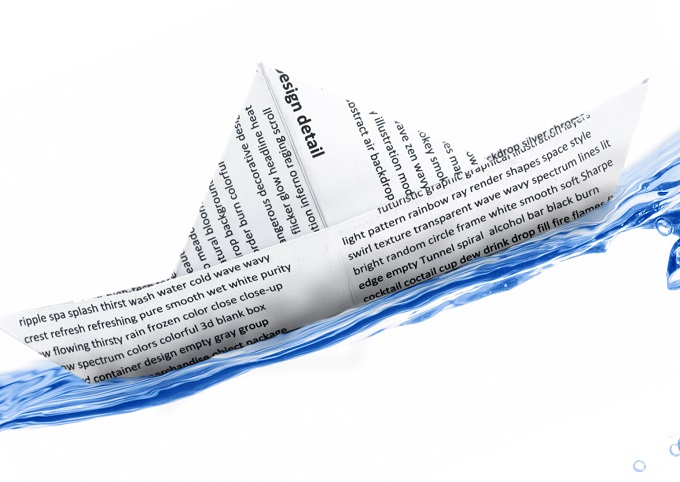
© Leigh Prather - stock.adobe.com
<h2>The buzz: for better or worse, ‘wellbeing’ is a buzzword right now.</h2>
<p>The field of positive psychology provokes us to think of wellbeing with new eyes. It should not only be concerned with alleviating problems like burnout or bullying, but also promoting factors that bring vitality to people. Mason Durie’s <em>Te whare tapa whā</em> model is one of a few useful models that help to identify these factors.</p>
<p>A simple definition of wellbeing from academia is <em>“feeling good and functioning well”</em>. How can your school create conditions and capacities for people to feel good and function well?</p>
<h3 style="text-align: left;"><strong>Common challenges schools face:</strong></h3>
<ul>
<li>Requires time!</li>
<li>People working hard</li>
<li>Existing school systems and priorities obstruct wellbeing goals.</li>
<li>The danger of partial understanding: “Some people know just enough about wellbeing to do a bit of help and a bit of harm.”</li>
</ul>
<h3><strong>The golden threads in whole-school approaches</strong></h3>
<p>Because your school has its own unique culture and community, there is no one ‘copy and paste’ template to embed meaningful wellbeing.</p>
<p>Schools regularly use one-off approaches to introduce wellbeing concepts or skills, such as lessons, units or projects. However the real magic happens when wellbeing becomes a part of ‘the way things are done here’.</p>
<h3 style="text-align: left;"><strong>Collective </strong></h3>
<p>Bring the whole community onboard &#8211; <em>everyone</em> on the waka, paddling in the same direction.</p>
<p>This involves planning time for your staff to gain collective insight into the importance of focusing on wellbeing. Facilitate directed, inquiring conversations that build shared vision, and values.</p>
<p>The best results occur when all staff, ākonga, whānau and Board are involved in this process too.</p>
<h3><strong>Congruence</strong></h3>
<p>Point your sails in the same direction people are paddling.</p>
<p>Clear the way for your wellbeing work to be done with ease and alignment. Amend meeting times and topics, plan out PLD priorities over your calendar, position wellbeing strategically with your other objectives.</p>
<h3 style="text-align: left;"><strong>Coordination</strong></h3>
<p>Create a sustainable rhythm and pace for group.</p>
<p>Once your school has a shared goals and priorities, ensure that people can learn from each other’s practice and gain momentum from each other’s successes. At this stage people in your school are intentional about applying wellbeing practices to themselves and others.</p>
<h3><strong>Considered</strong></h3>
<p>Plan the journey well.</p>
<p>Ensure there is an evidence and research base for your decisions. Being thorough in your own research will help you spend your time (and budgets) wisely to maximise the return for your school community. It also helps to build momentum by ensuring people don’t switch-off because of negative experiences; rather, they gather energy because of successful work.</p>
<h3 style="text-align: left;"><strong>Key points:</strong></h3>
<ul>
<li>Use an evidence base to build wellbeing.</li>
<li>Wear an appreciative lens.</li>
<li>Capacity building is an accelerator to a well school community.</li>
<li>Build a lived culture of wellbeing.</li>
<li>Collective buy-in is key.</li>
</ul>
<h2>In my opinion there’s no greater gift you can offer your students and staff, than a learning community with wellbeing woven into its fabric. Go well.</h2>
<p><em>Ngā mihi nui ki a koutou. </em></p>

EXCLUSIVE: Teachers used to be paid two to three times more than minimum wage workers,…
After an “overwhelming” vote to reject the latest Government offer, secondary school teachers will begin…
Second-language learning should be compulsory, says a new report from a forum bringing together academics,…
A new entitlement aimed to improve access to learning support coordinators for schools with students…
Educators have raised questions about the Ministry of Education’s new secondary school subjects, set to…
Professional learning and development (PLD) for teachers needs to be higher impact for teachers and…
This website uses cookies.